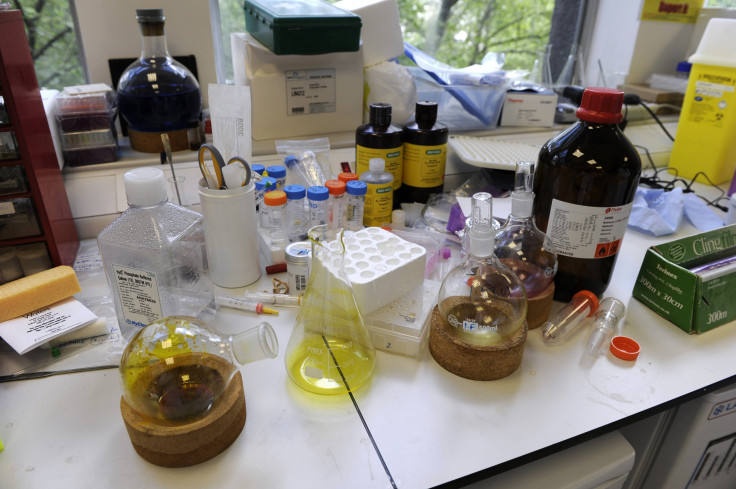Using Liquid Feces As C. Diff Treatment Isn't As Gross As It Seems

In the United Kingdom, scientists at Heartlands Hospital in Birmingham have begun to use an unappetizing though effective cure for patients made sick by Clostridium difficile: a feces transplant. BBC reports more than 20 people infected by C. difficile have been saved by drinking liquid feces. Commonly referred to as C. diff, the bacterium causes inflammation of the colon and is found in the feces.
The elderly and people who have other illnesses or conditions requiring prolonged use of antibiotics are at greater risk of acquiring this type of bacterial infection, reports the Centers for Disease Control and Prevention. Infections usually occur when people touch feces-contaminated items or surfaces and then touch their faces, particularly their mouths or noses. Health care workers also may spread the bacteria to patients.
More than a half million Americans get sick from Clostridium difficile each year and that number is growing, according to Mayo Clinic, which notes infections have become not only more severe but also more difficult to treat due to the emergence of an aggressive strain of C. difficile. Since 2000, the new strain of aggressive C. diff has caused several outbreaks; unusually, it has been seen even in people who haven't been hospitalized or taken antibiotics. The new strain also appears to be more resistant to medications.
The Birmingham scientists say their liquid feces treatment — given to patients only after conventional antibiotics failed to clear the infection — has a 90 percent success rate, BBC reports.
Commonly, doctors treat patients by giving them three courses of antibiotics, but about 20 percent of patients get sick with the illness a second time. In a small number of patients, the infection returns over and over and can become debilitating.
Dr. Peter Hawkey of Birmingham University's School of Immunity and Infection told BBC the first patient his team treated with a fecal transplant had suffered in a hospital for 100 days. Within 24 hours of drinking liquid feces, the patient walked around the ward.
The transplant technique is not exactly new — the Chinese used it thousands of years ago, according to Hawkey. Because naturally our guts contain bacteria, this method works by re-colonizing a patient’s colon with good bacteria, which then forces out all the bad C. diff bacteria.
Volunteer donors are screened for diseases before providing samples for five days. Next, the stools are stored and then, when needed, filtered with a sterile solution. A 50ml prescription of this liquid is transferred to the patient’s stomach via a tube.
“They don't taste it, they don't vomit,” Hawkey told BBC, further explaining that among patients who are not cured by conventional antibiotics, “you are looking at a 30 percent mortality rate.” Considering the odds, most patients may not like the idea but are willing to try.



























